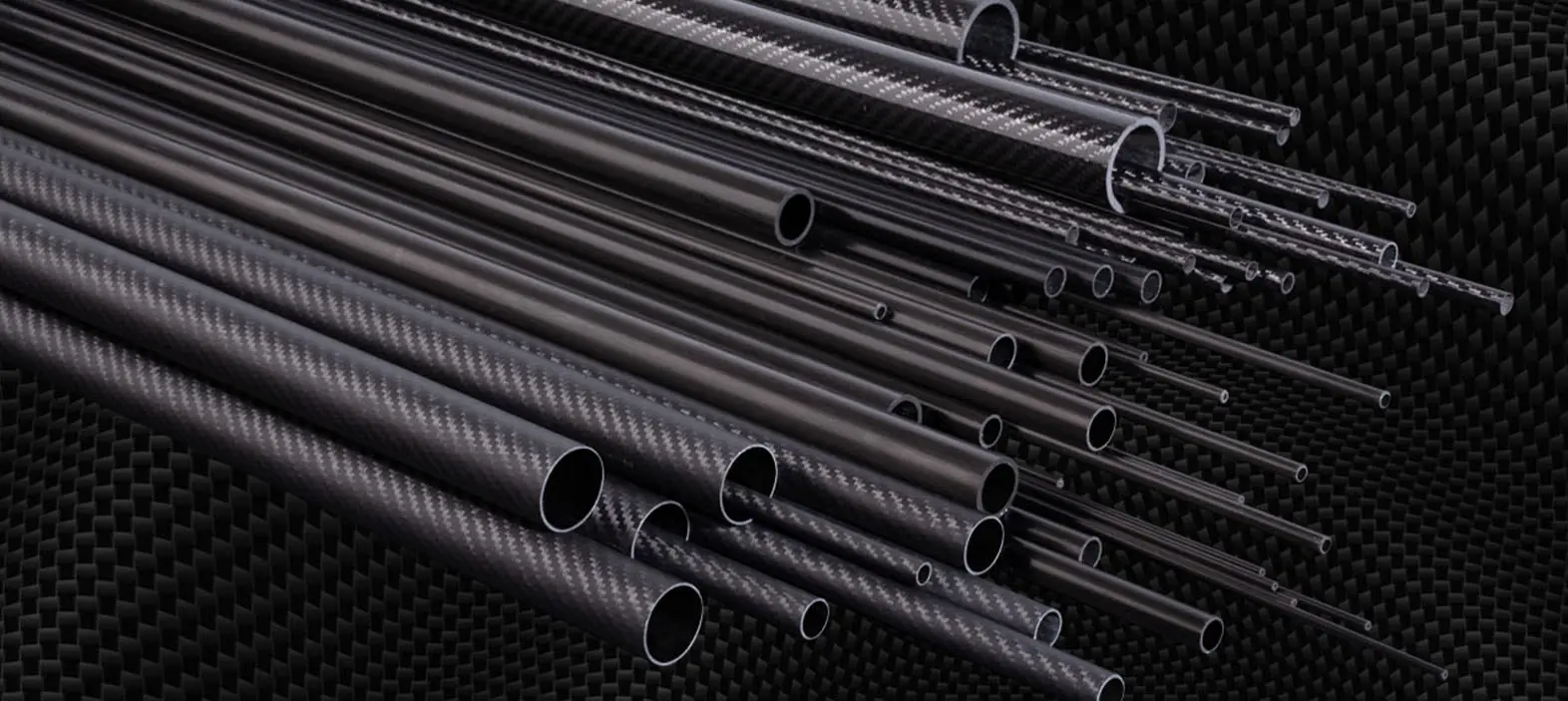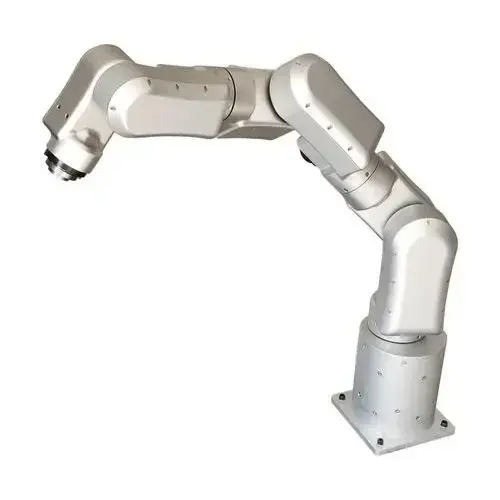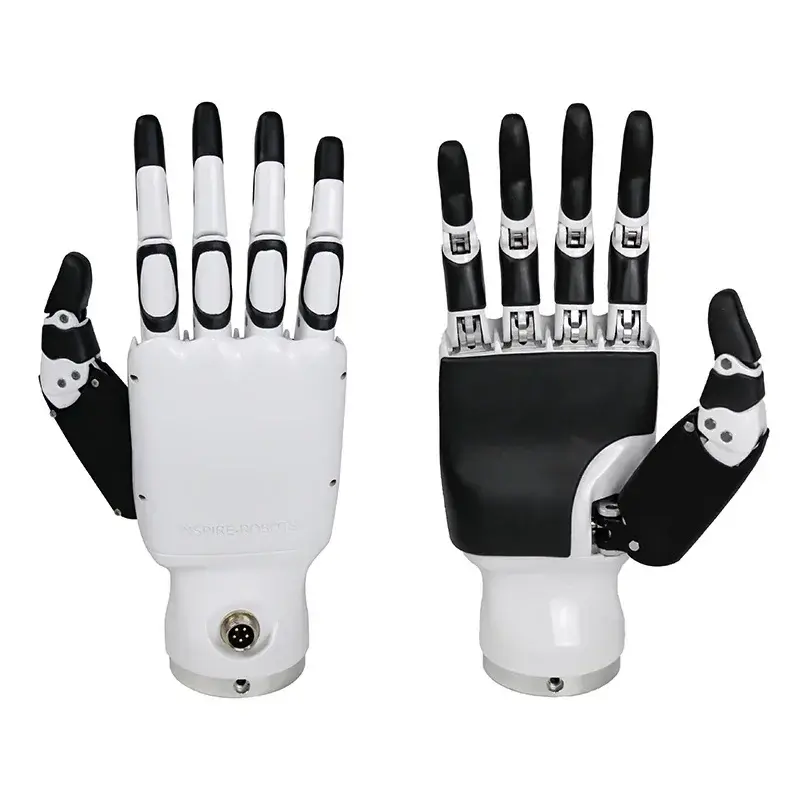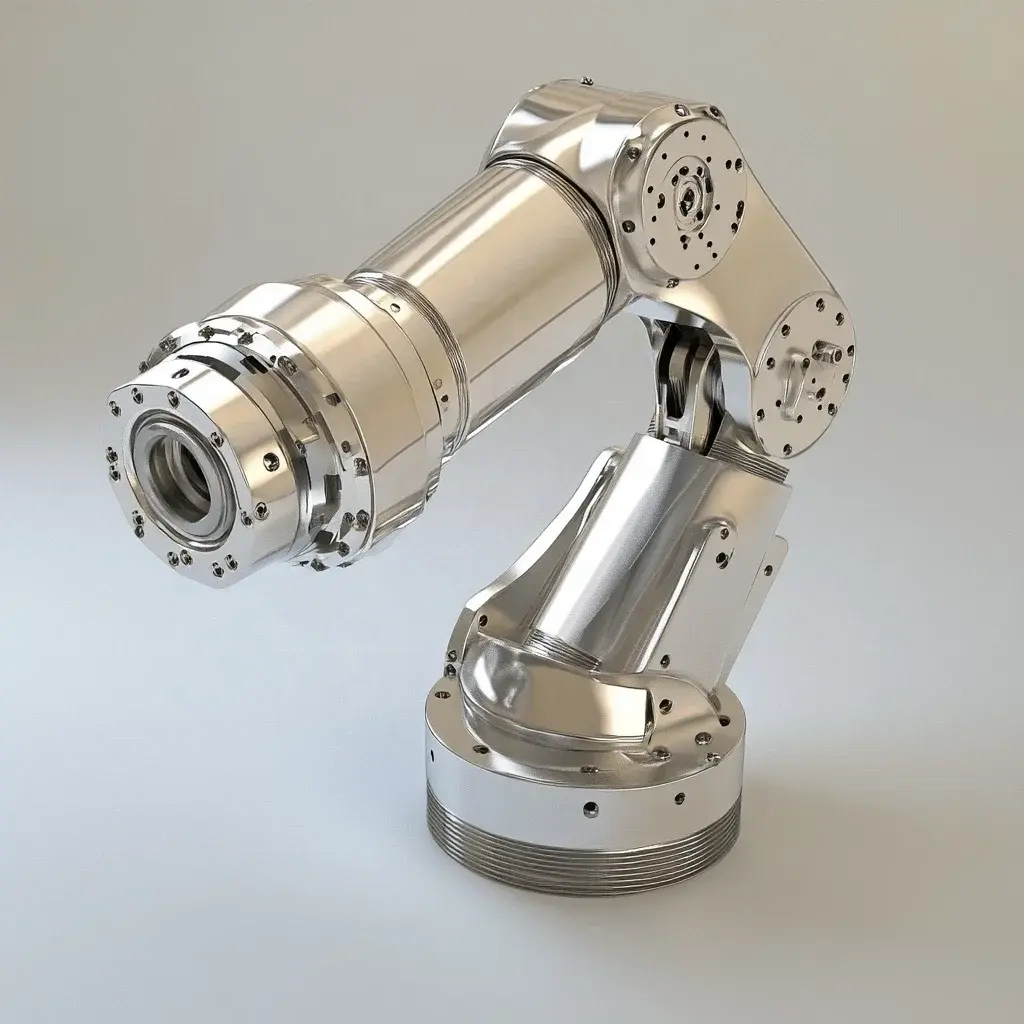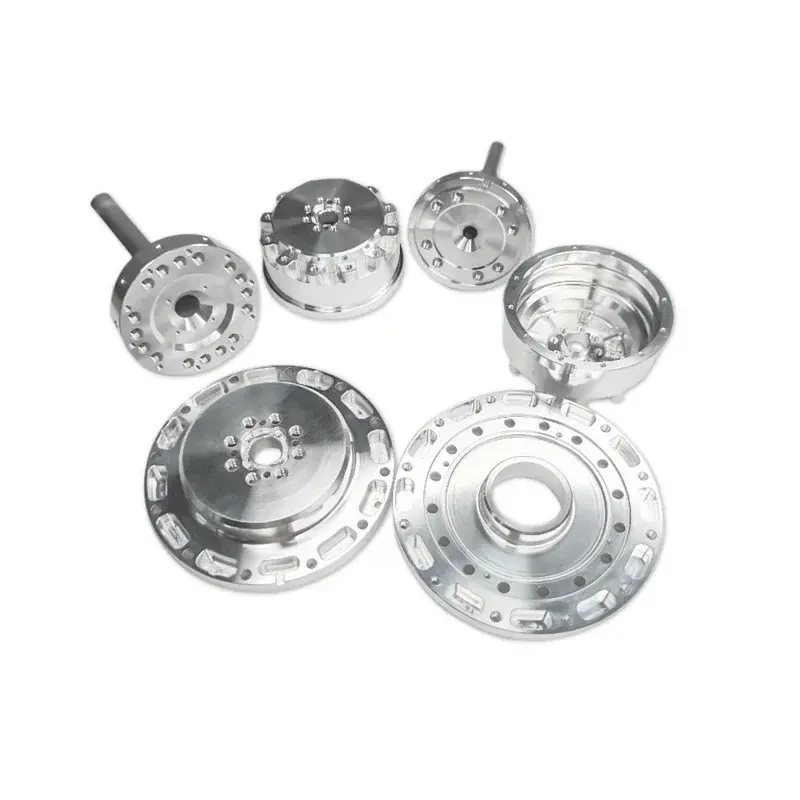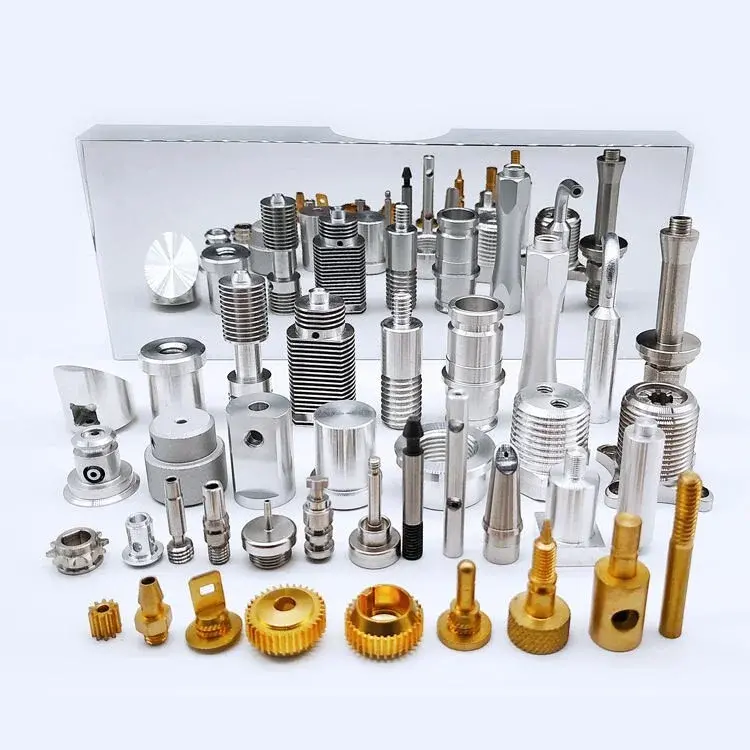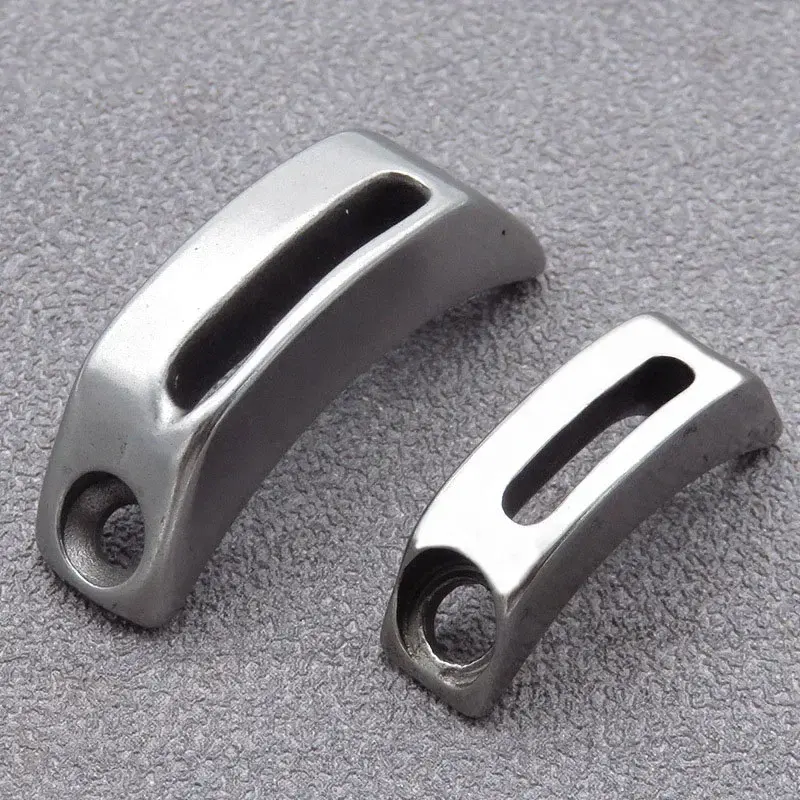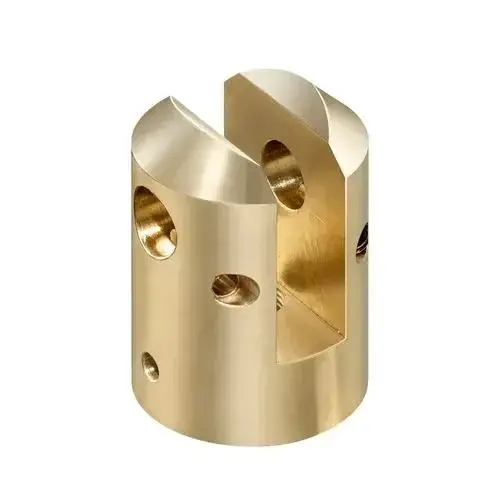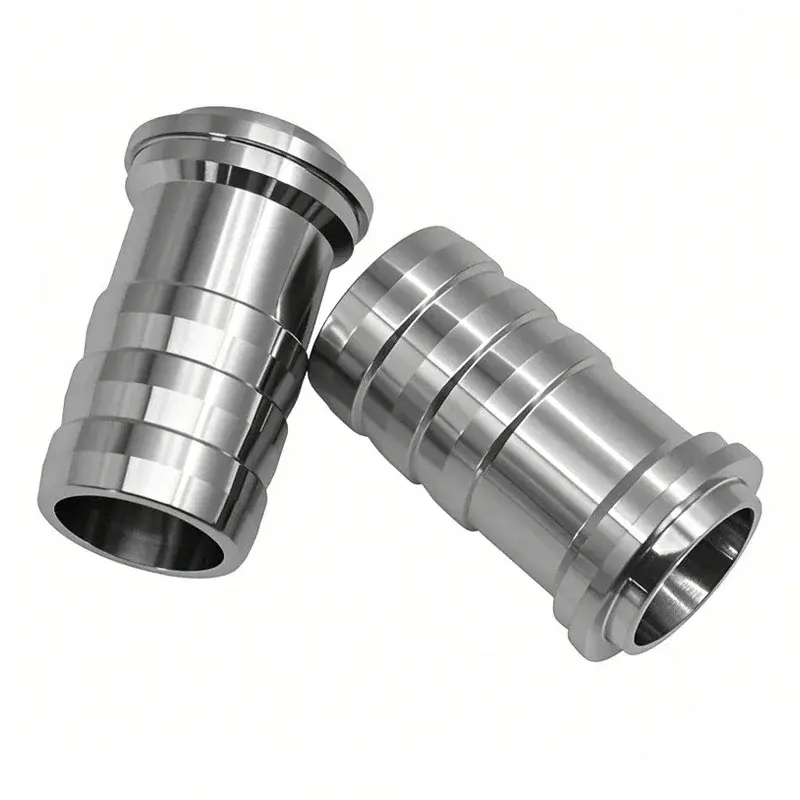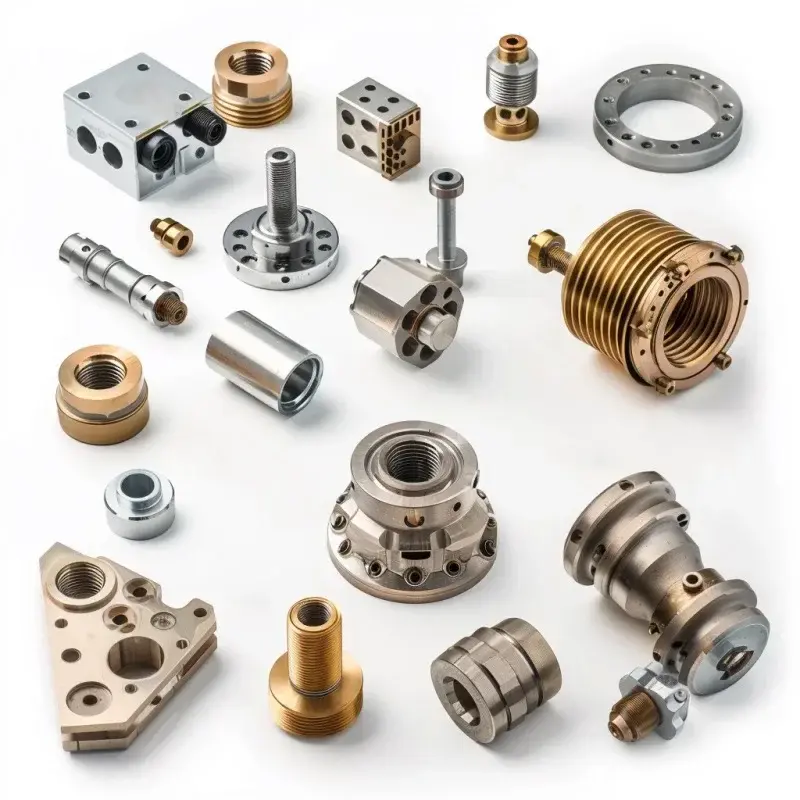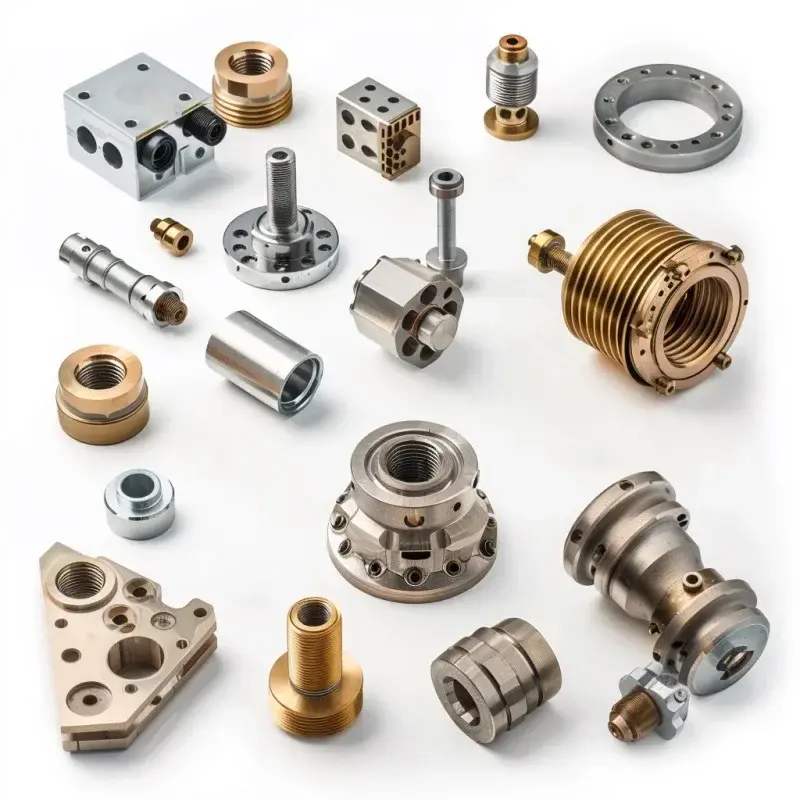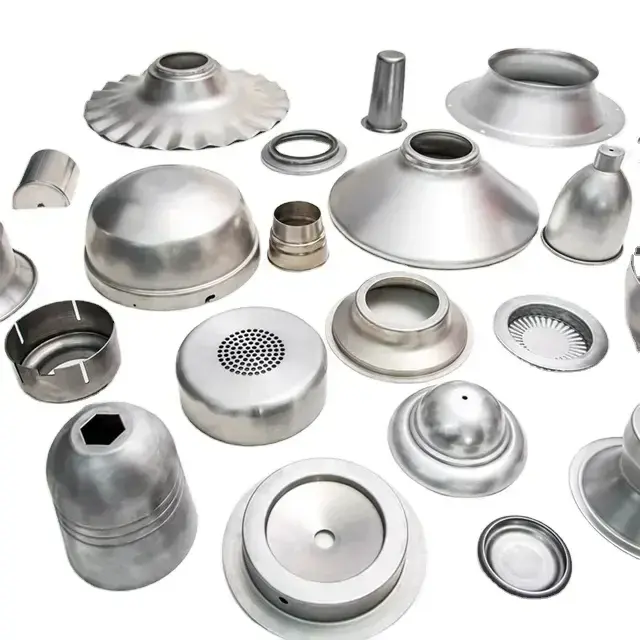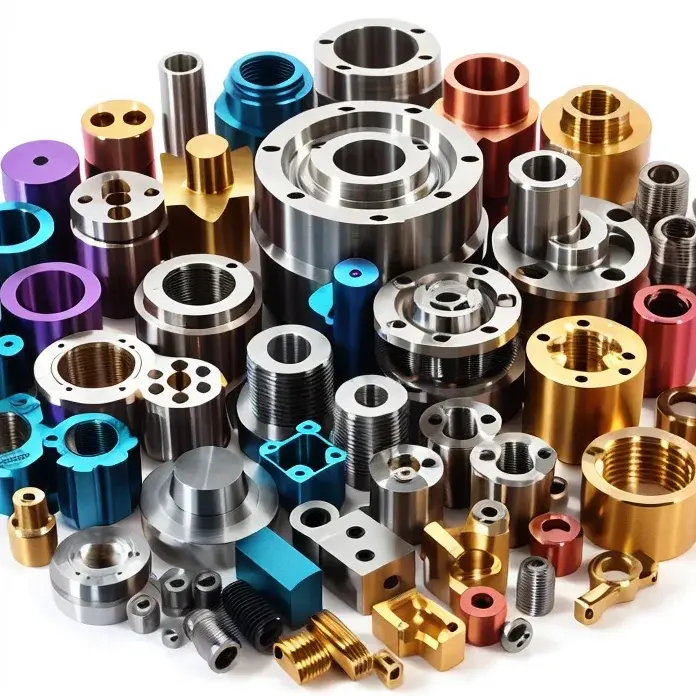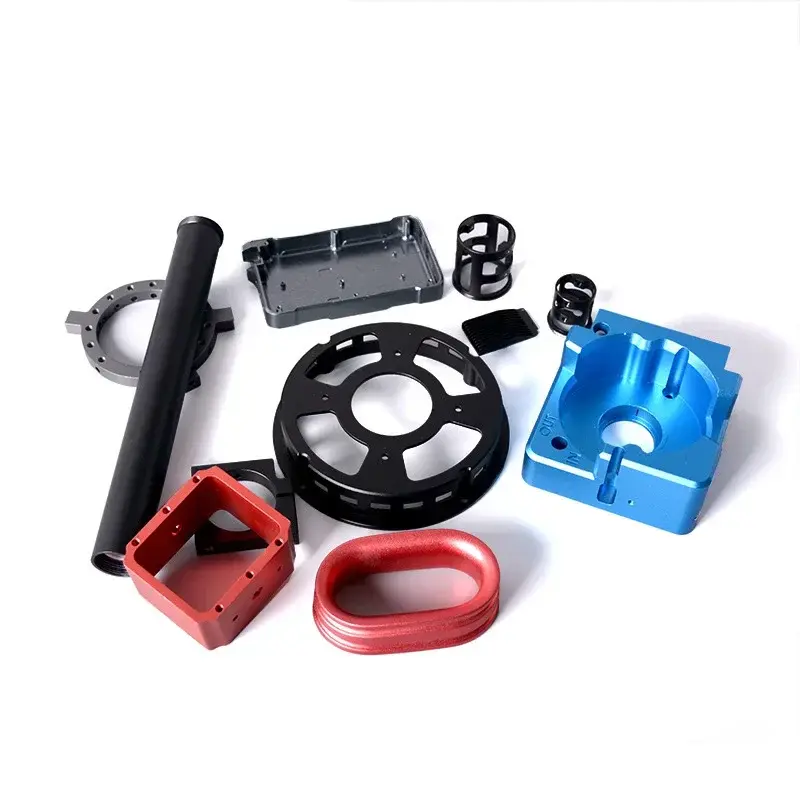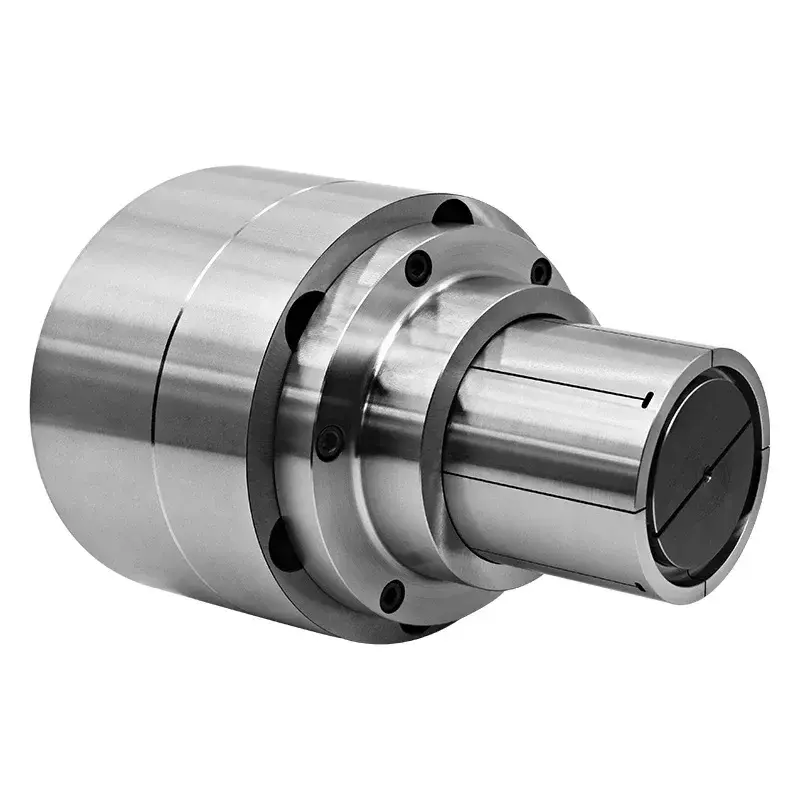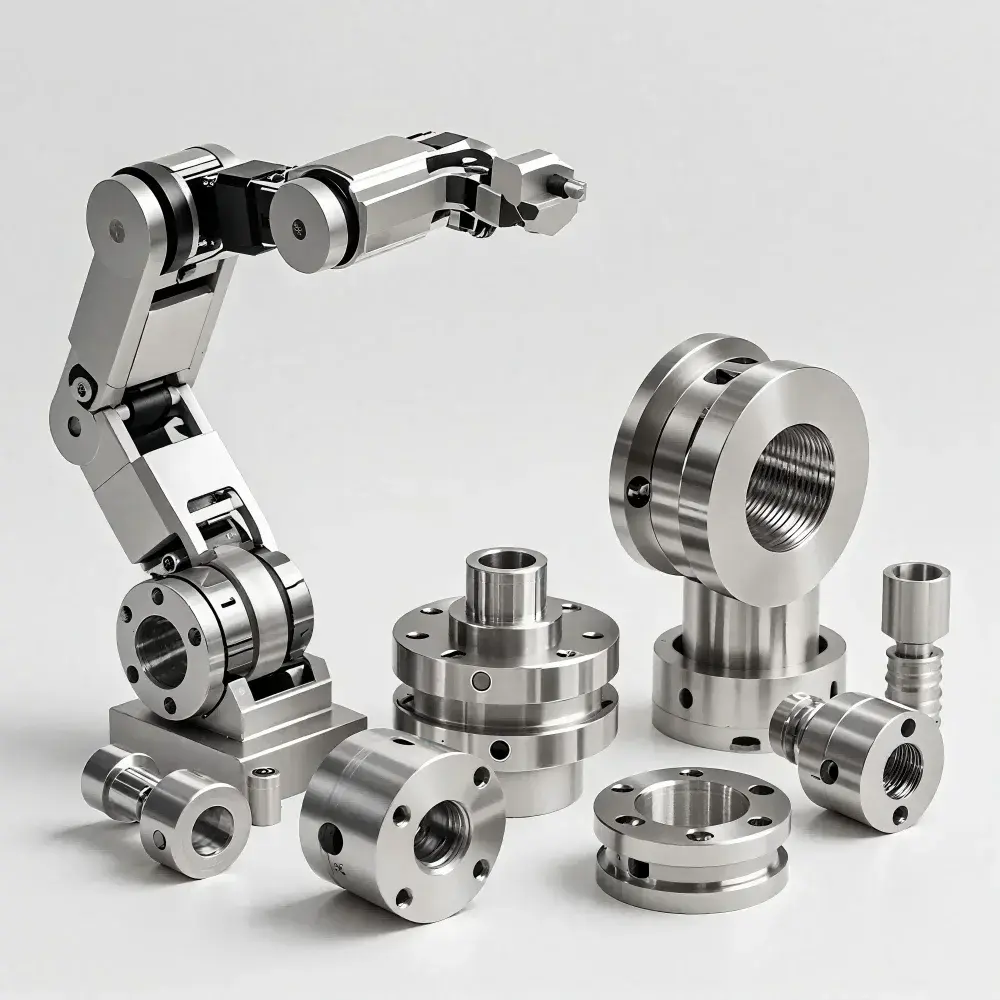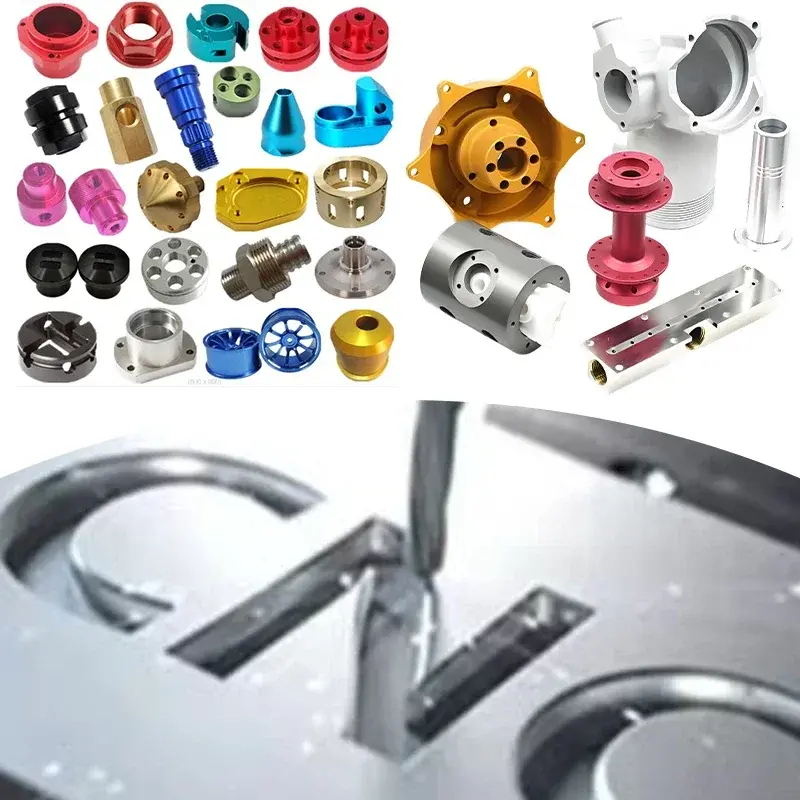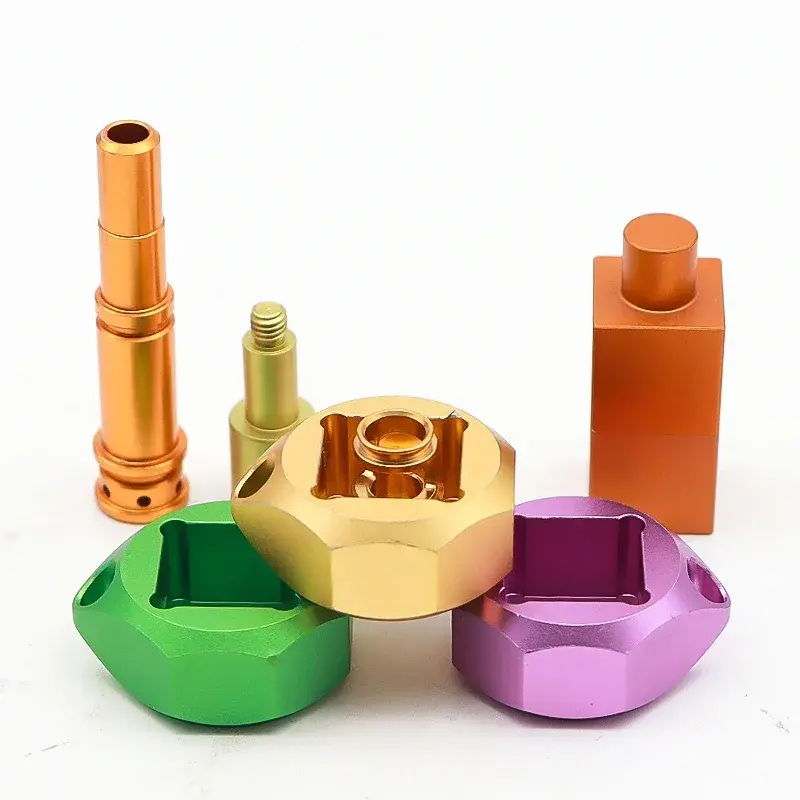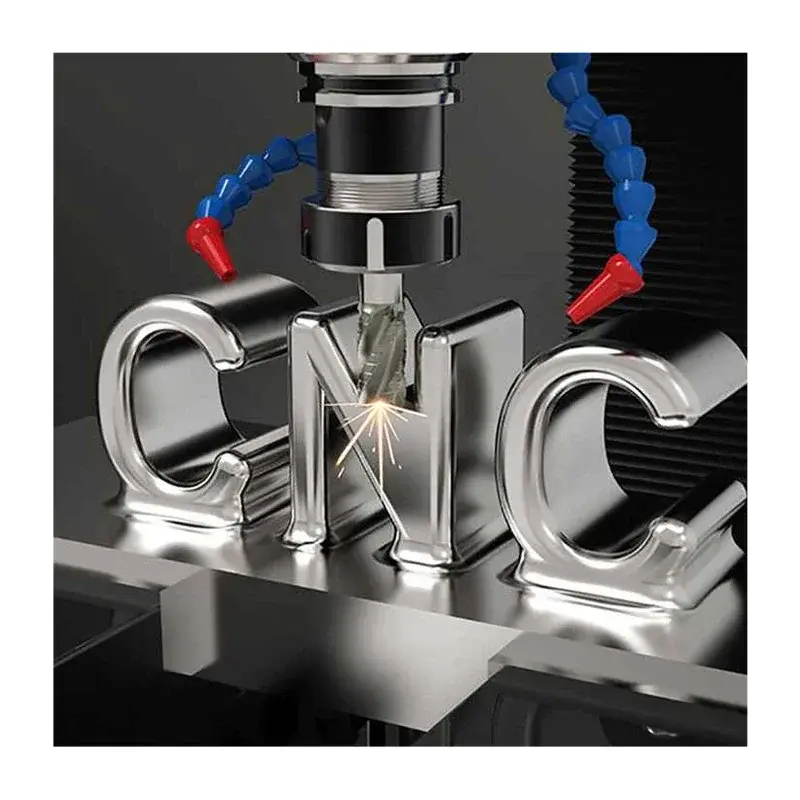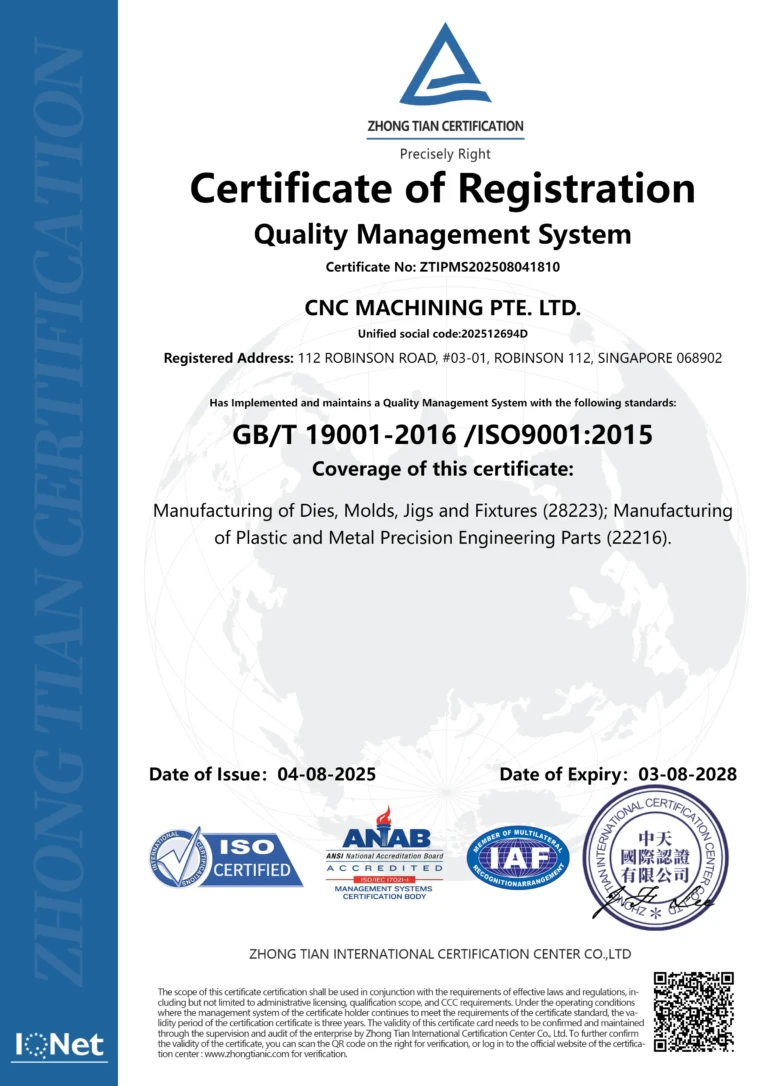Introduction: The Rising Demand for Carbon Fiber Tubes in Precision Engineering
In today’s engineering landscape, carbon fiber tubes are redefining performance standards across industries. Their exceptional strength-to-weight ratio, corrosion resistance, and versatility make them indispensable in applications ranging from aerospace to industrial automation. But what sets high-quality composite tubing apart is the precision behind its production—spanning advanced manufacturing processes, meticulous material selection, and rigorous testing. For engineers and business leaders, understanding these elements is key to unlocking the full potential of carbon fiber technology.
At Great Light, we elevate this process with our Prototype CNC Machining Services, offering unmatched customization and precision through 5 Axis CNC Machining. This guide dives deep into the current state of carbon fiber tube production, comparing manufacturing methods, exploring material choices, and highlighting how CNC machining bridges the gap between concept and reality.
Manufacturing Methods Unveiled: Roll-Wrapping, Pultrusion, and Filament Winding
The production of carbon fiber tubes relies on specialized manufacturing processes, each tailored to specific needs. Below, we compare three primary methods—roll-wrapping, pultrusion, and filament winding—to help you choose the right approach.
Roll-Wrapping: Precision for Custom Designs
Roll-wrapping involves layering pre-impregnated carbon fiber sheets (prepregs) around a mandrel, followed by curing under heat and pressure. This method shines in small-batch production where customization is critical.
- Process: Fibers are oriented at precise angles, wrapped tightly, and cured to form a solid tube.
- Advantages:
- Ideal for complex shapes and variable diameters.
- High control over fiber orientation for optimized strength.
- Limitations:
- Time-intensive, raising costs for large-scale production.
- Limited to shorter lengths due to mandrel size.
Use Case: Perfect for prototyping custom composite tubing for robotics or aerospace components.
Pultrusion: Efficiency in High-Volume Production
Pultrusion pulls continuous carbon fibers through a resin bath and a heated die, creating uniform carbon fiber tubes with consistent cross-sections.
- Process: Fibers are impregnated, shaped, and cured in a continuous, automated line.
- Advantages:
- Cost-effective for mass production.
- High fiber alignment for tensile strength.
- Limitations:
- Restricted to straight, uniform profiles.
- Less flexibility in fiber orientation.
Use Case: Suited for industrial applications like structural supports or conveyor systems.
Filament Winding: Strength in Cylindrical Structures
Filament winding winds resin-soaked carbon fiber rovings around a rotating mandrel, building layers for maximum strength.
- Process: Fibers are wound at specific angles, cured, and removed from the mandrel.
- Advantages:
- Superior strength-to-weight for cylindrical components.
- Scalable for both prototypes and production runs.
- Limitations:
- Best for symmetrical shapes; less adaptable to non-cylindrical designs.
- Higher setup costs for intricate patterns.
Use Case: Ideal for aerospace pressure vessels or high-performance composite tubing in motorsports.
Long-Tail Insight: For “carbon fiber tube manufacturing for aerospace,” filament winding often leads due to its strength optimization.
Material Selection: Decoding Carbon Fiber Modulus Types
The performance of carbon fiber tubes depends heavily on the modulus of the carbon fiber—its measure of stiffness. Here’s a guide to selecting the right type for your project.
Standard Modulus (SM) – The Workhorse
- Stiffness: ~230 GPa
- Properties: Affordable, with decent strength and stiffness.
- Applications: General-purpose composite tubing for automotive chassis or consumer products.
Intermediate Modulus (IM) – The Balanced Choice
- Stiffness: ~290 GPa
- Properties: Increased rigidity without a steep cost jump.
- Applications: Drone frames, bicycle tubing, and lightweight industrial parts.
High Modulus (HM) – Precision Performance
- Stiffness: ~350-450 GPa
- Properties: Exceptional stiffness, though more brittle and costly.
- Applications: Aerospace structures, precision instruments, and racing components.
Ultra-High Modulus (UHM) – Cutting-Edge Engineering
- Stiffness: >450 GPa
- Properties: Top-tier stiffness for niche, high-stakes uses.
- Applications: Spacecraft, military drones, and advanced research.
Selection Tip: Match modulus to load requirements—IM for versatility, HM for aerospace-grade stiffness. For “carbon fiber tube material selection guide,” consider hybrid layups combining modulus types for tailored performance.
Wall Thickness Optimization: Engineering the Perfect Balance
Wall thickness directly impacts a carbon fiber tube’s strength, weight, and cost. Optimizing it requires a blend of science and practical design.
Key Design Considerations
- Load Type: Compression, bending, or torsion dictates thickness needs.
- Diameter: Larger tubes may need thicker walls to resist buckling.
- Material: Higher modulus fibers can reduce thickness while maintaining rigidity.
Practical Optimization Approach
Use this simplified bending stress formula for initial sizing:
[ \sigma = \frac{M \cdot r}{I} ]
- ( \sigma ): Stress
- ( M ): Applied moment
- ( r ): Outer radius
- ( I ): Moment of inertia (( \pi (r_o^4 – r_i^4) / 4 ))
Iterate with FEA to refine thickness, ensuring a safety factor (e.g., 1.5–2) for real-world conditions.
Long-Tail Insight: For “optimizing carbon fiber tube wall thickness for lightweighting,” prioritize thin walls with high-modulus fibers and precise CNC trimming.
Testing Protocols: ASTM D2584 for Quality Assurance
Quality is non-negotiable in carbon fiber tube production. ASTM D2584 tests resin content, ensuring composite tubing meets performance standards.
Purpose and Relevance
- Resin Ratio: Verifies fiber-to-resin balance for strength and weight.
- Consistency: Critical for batch-to-batch reliability.
- Compliance: Meets aerospace and industrial specifications.
How It Works
- Weigh a tube sample.
- Burn off resin at high temperature.
- Weigh remaining fibers.
- Calculate resin percentage.
Pro Insight: For “carbon fiber tube testing standards,” pair ASTM D2584 with mechanical tests (e.g., ASTM D3039) for a full quality profile.
Aerospace vs. Industrial Applications: A Dual Perspective
Carbon Fiber tubes serve diverse roles, with aerospace and industrial uses highlighting different priorities.
Aerospace: Precision and Performance
- Needs: Ultra-lightweight, high stiffness, and thermal stability.
- Standards: AS9100 certification, full traceability.
- Example: Wing spars or satellite frames.
Industrial: Versatility and Value
- Needs: Durability and cost efficiency.
- Scalability: High-volume production with pultrusion.
- Example: Automation arms or wind turbine supports.
Long-Tail Insight: For “carbon fiber tubes in aerospace vs industrial use,” aerospace favors filament winding, while industrial leans on pultrusion.
Prototype CNC Machining Services: Elevating Carbon Fiber Tubes
Great Light’s 5 Axis CNC Machining transforms carbon fiber tubes from raw components into precision-engineered solutions. Here’s how:
Precision Modifications
- Cutting: Trim tubes to exact lengths or angles.
- Drilling: Add mounting holes with tight tolerances.
Hybrid Integration
- Metal Fittings: CNC-machine aluminum or titanium connectors for seamless tube integration.
- Assemblies: Build hybrid systems combining composite tubing and metal parts.
Finishing Touches
- Smoothing: Achieve surface perfection for functional or aesthetic needs.
- Customization: Rapid prototyping for unique designs.
Real-World Example: A startup used Great Light’s CNC services to machine titanium end caps for carbon fiber tubes, cutting production time by 25% and boosting durability.
Great Light’s Edge: Your Partner in Composite Innovation
Great Light isn’t just a 5 Axis CNC Machining provider—we’re a one-stop solution for carbon fiber tube projects. Our capabilities include:
- Speed: Fast prototyping for startups and multinationals alike.
- Precision: Advanced equipment for tight tolerances.
- Versatility: Expertise in both composites and metals.
For “custom carbon fiber tube prototyping,” trust Great Light to deliver.
Conclusion: Building the Future with Carbon Fiber Tubes
Mastering carbon fiber tube production requires blending advanced manufacturing processes with smart material choices and precision finishing. Whether you’re engineering aerospace marvels or industrial workhorses, Great Light’s Prototype CNC Machining Services ensure your vision becomes reality. Contact us today to explore how we can optimize your next project with composite tubing expertise.
